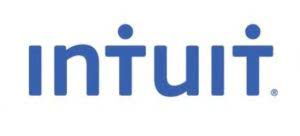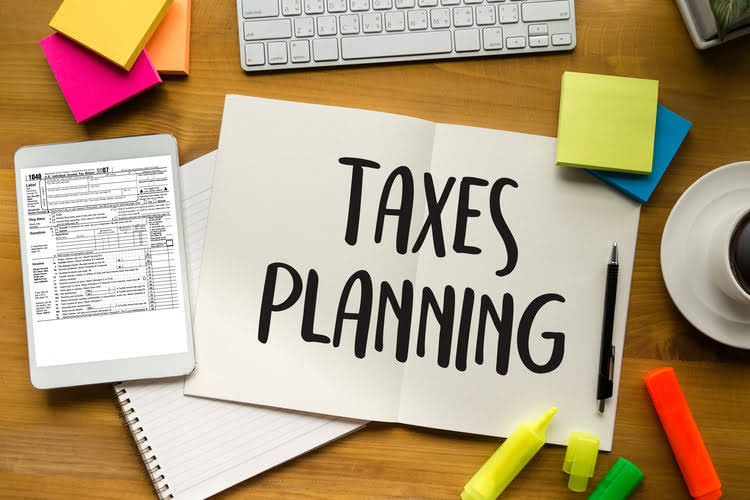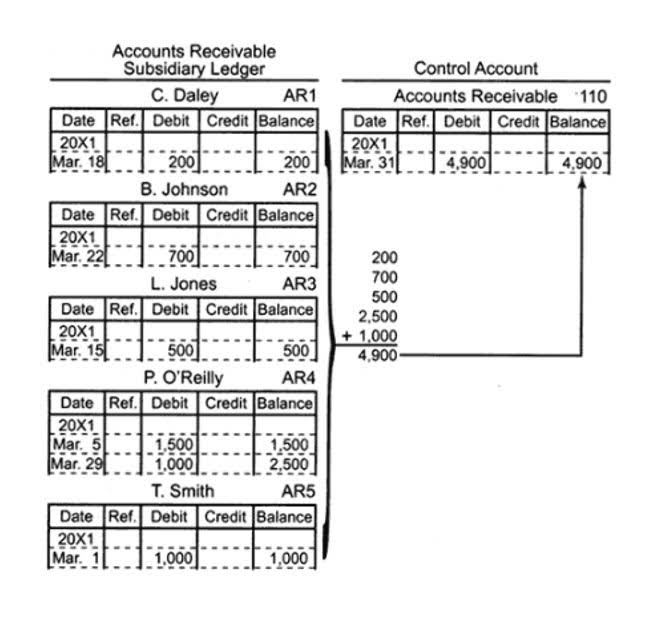A free tool for collaborative nonprofit budgeting
Nonprofit budgeting is the process of planning and allocating resources to achieve mission-driven goals while ensuring financial stability. A well-structured nonprofit budget is essential for aligning organizational priorities, supporting grant applications, and gaining board budget approval. A nonprofit operating budget is different than the capital budget, and it plays an important role in budgeting for nonprofit organizations. Your capital budget includes projects that have an ongoing impact on your operations.
Charitable Organization Budgeting 101
But, there’s a place in the nonprofit universe for a surplus in the budgets too. They can mean the difference between surviving a rough patch and being forced to close down. Having extra cash can help stabilize your nonprofit and absorb an unexpected delay in receiving funds, a shortfall in revenue for a special event, or unbudgeted expenses.
- Before putting the numbers down, talk to all foundation and corporate donors to determine the likelihood of their repeat gifts.
- We strive to provide nonprofit leaders with useful resources, tips, and tools that you can use at your organization.
- As nonprofits scale, they may face donor pressure to reduce overhead ratios, which can unintentionally hinder desired program outcomes.
- Its real-time data integration and advanced analytics provide nonprofits with the tools to manage restricted funds, streamline donor reporting, and ensure compliance.
- Without a clear, financial plan and strategy, many organizations may struggle to sustain programs, manage donor expectations, and maintain transparency.
Support
The approved budget then serves as a guide for financial activity in the months ahead. Budgets should not be written in stone, because the financial position of the nonprofit may change during the year. But each budget will include direct costs, those expenses related to the project or program you’re funding, as well as indirect costs that go along with running an organization. Depending on the type of grant you win, the award will cover only direct costs, or, if a general operating grant, it may cover much more. Stay ahead of grant deadlines and boost your funding success with a customizable grant calendar template. This guide shows nonprofits how to track key details, stay organized, and never miss an opportunity—plus how tools like Instrumentl can help streamline Top Benefits of Accounting Services for Nonprofit Organizations You Should Know the process.
- This good financial management falls under the duty of care, another aspect of fiduciary responsibility.
- You can download slides below and here’s a transcript of this recording.
- Regularly reviewing the budget will help you identify potential issues early and allow for more effective decision-making.
- Propel Nonprofits is an intermediary organization and federally certified community development financial institution (CDFI).
- The second is to make sure that the expenses are in line with the goals of the organization.
Budget for Nonprofit Project Template
A cash flow projection is a month-by-month estimate of expected revenues and expenses flowing in and out of your organization. By creating a cash flow projection, your nonprofit won’t be taken by surprise if revenue goes down. It can also help show you what times of the year you may experience a cash shortage, helping you plan ahead more strategically.
Make Sure To Review Your Budget Often
The responsibility of creating your operating budget typically falls to your chief financial officer (CFO) or nonprofit controller. These professionals focus on your financial strategy and can use specialized tools to forecast your nonprofit’s cash flows for more effective resource allocation. This nonprofit startup operating budget template features sections https://namesbluff.com/everything-you-should-know-about-accounting-services-for-nonprofit-organizations/ for total one-time startup expenses, monthly expenses, and total funds required to operate. Use this operating budget template to ensure that your nonprofit has accounted for every single cost and expense.
Define your Nonprofit’s Revenue Streams
Each program’s manager can develop their respective program’s budget and then turn it in to your executive director for approval. These become part of the overall organizational budget and are used to evaluate the program’s financial effectiveness. Program budgets also create a paper trail of accountability, enhancing a nonprofit’s financial transparency. A nonprofit budget template Excel creates is pretty similar to a nonprofit budget template Google Sheets does – so don’t be overly concerned about the platform. This is where your budget becomes an effective management and operations tool.
By estimating your income and expenses, you can make sure that you’re using your resources in the most efficient way possible. And, by reviewing your budget often, you can make sure that you’re on track to reach your financial goals. There are also a number of accounting software programs that can help you create and manage your nonprofit budget. These programs often have templates that you can use, which can make the process of creating a budget much easier.
Understanding Net Assets in Nonprofit Organizations: A Guide for Stakeholders
- This downloadable resource is a good example of a thorough grant budget, showing the total expenses as well as the amount requested from a foundation.
- At the end of the fiscal year, assess your organization’s financial performance and the effectiveness of the budgeting process.
- A nonprofit budget template Excel creates is pretty similar to a nonprofit budget template Google Sheets does.
- With that said, Sarah Lange, a grant consultant, advises grant teams not to undersell themselves either.
- Clearly defining these will help you allocate resources effectively and guide decision-making throughout the budgeting process.
Running a nonprofit is a lot like learning to juggle—exciting as the skill is, it’s harder than it looks! If you’re looking for a way to keep all those balls in the air, nothing is more valuable than a foolproof nonprofit budget. Create a written explanation of your plan, especially if submitting it with a grant application. This narrative should explain assumptions, major changes from previous years, and how various revenue sources, expenses and major activities items align with your goals. Common categories include program costs, staffing and payroll, administrative overhead, fundraising costs, technology, and occupancy.












